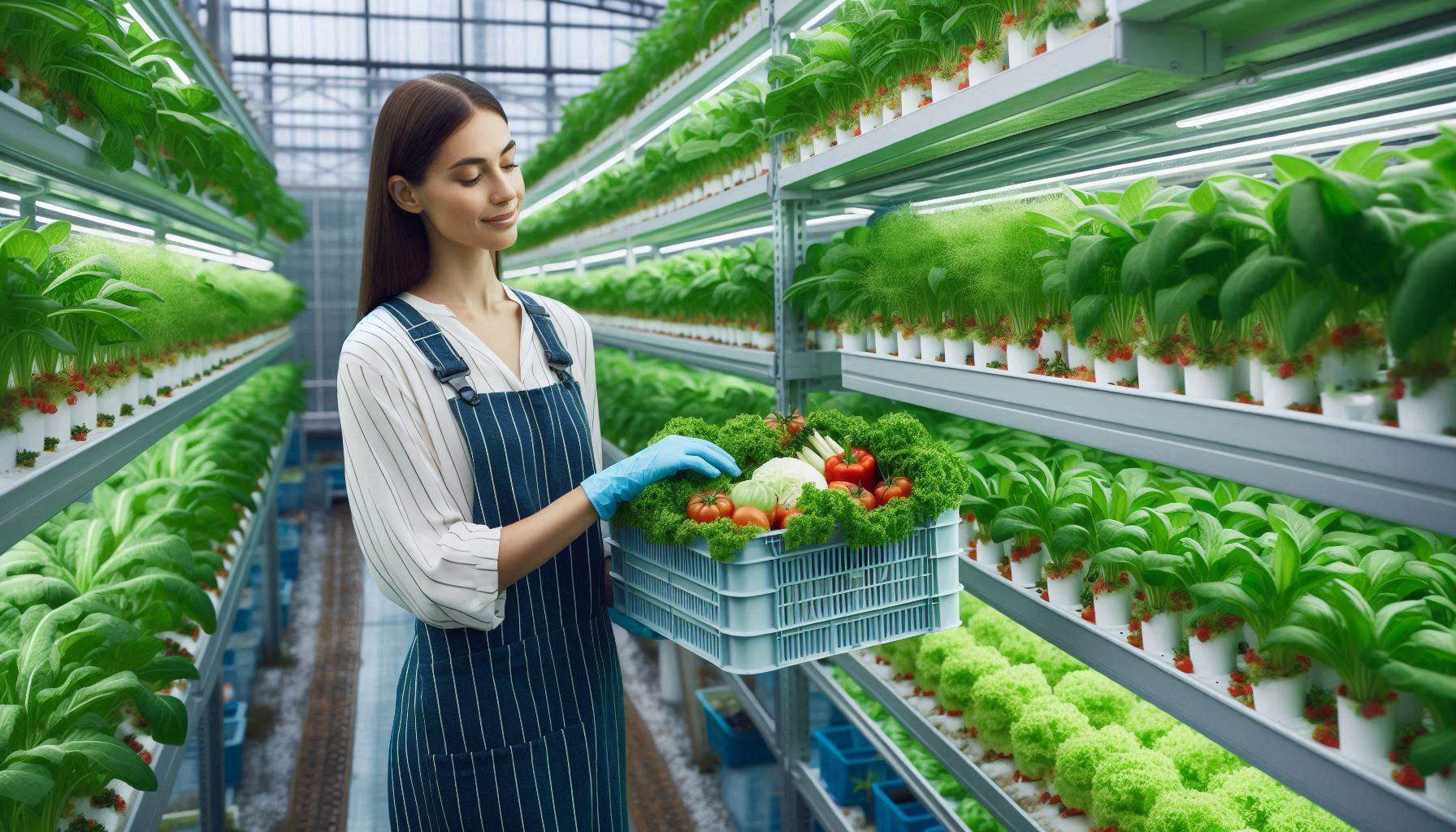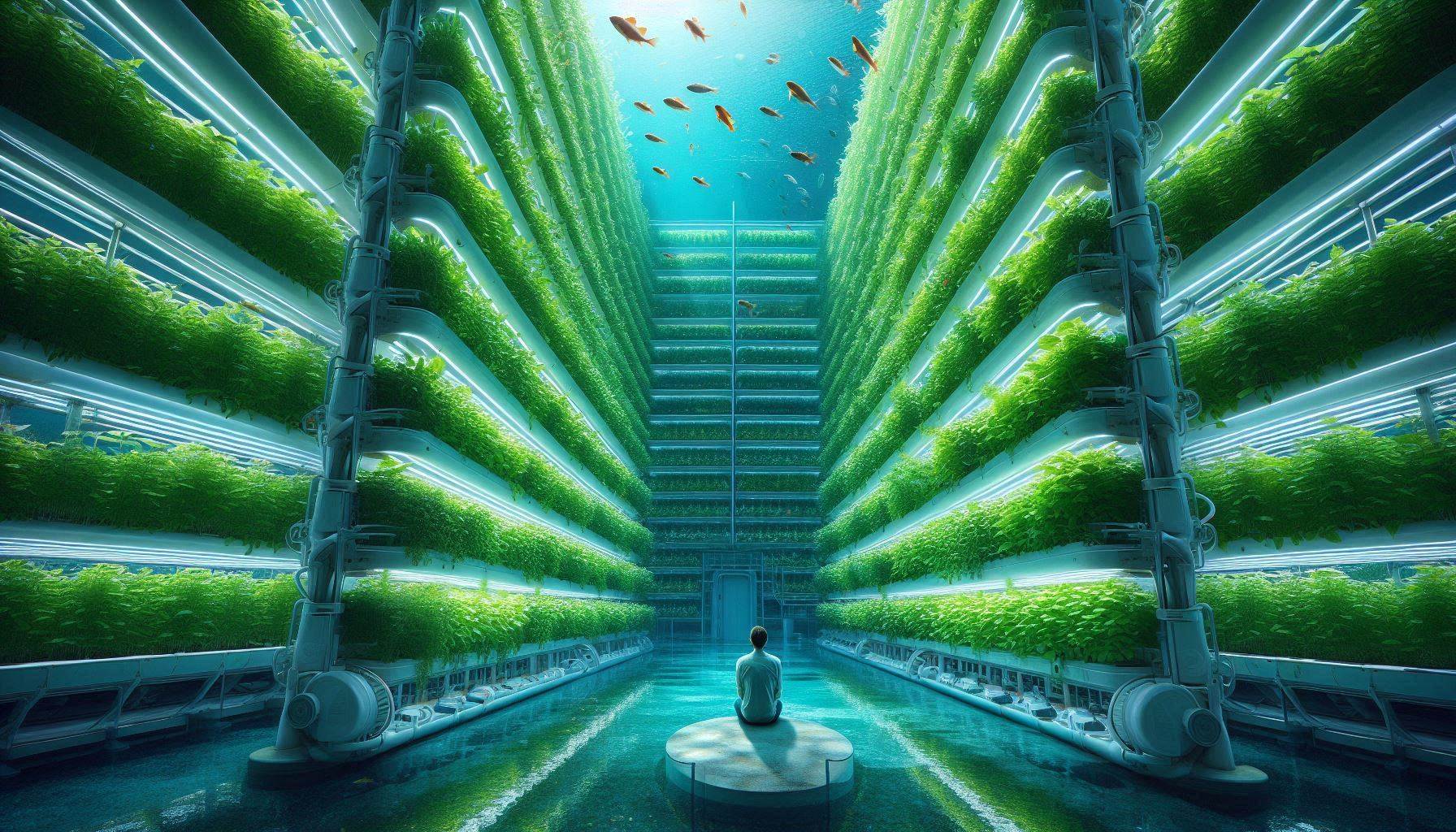Innovations for Environmental, Social, and Economic Progress
Prof. Aécio D’Silva, Ph.D
AquaUniversity
Sustainable technologies – In an era of increasing environmental concerns and resource scarcity, these technologies have emerged as crucial tools for creating a more sustainable future. This blog explores the concept of sustainable technology, its importance, benefits, challenges, and real-world applications across various sectors.
What Are Sustainable Technologies?
They are innovations designed to reduce negative environmental impacts while promoting social and economic progress. These technologies aim to use resources efficiently, minimize waste, and support long-term ecological balance.
Why Apply Sustainable Technologies?
The application of these technologies is driven by the urgent need to address climate change, resource depletion, and social inequalities. We can create more resilient and environmentally friendly systems across industries and communities by adopting these innovations.
Importance and Benefits
Sustainable technologies offer numerous advantages:
- Reduced environmental impact
- Improved resource efficiency
- Cost savings in the long term
- Enhanced quality of life
- Job creation in green sectors
- Increased resilience to environmental changes
Advantages for Different Sectors
Local Governments
These technologies help local governments improve urban planning, waste management, and energy efficiency. Smart city initiatives, for example, can optimize traffic flow, reduce energy consumption, and enhance public services.
Urban and Rural Populations
These technologies can lead to cleaner air, more efficient public transportation, and greener buildings for urban dwellers. These technologies can improve access to clean water, renewable energy, and sustainable agricultural practices in rural areas.
Small and Medium Businesses
SMEs can benefit from these technologies through reduced operational costs, improved brand image, and access to new markets focused on eco-friendly products and services.
Risks and Challenges
While promising, sustainable technologies also face challenges:
- High initial implementation costs
- Technological limitations and reliability issues
- Resistance to change from traditional industries
- Potential job displacement in certain sectors
- Cybersecurity concerns with increased connectivity
Successful Examples
**[GIF: Animated infographic showing the growth of electric vehicles globally]**
- Electric Vehicles: Reducing carbon emissions in transportation
- Smart Grids: Optimizing energy distribution and usage
- Vertical Farming: Maximizing food production with minimal land use
- Biodegradable Packaging: Reducing plastic waste
- AI-powered energy management systems: Enhancing efficiency in buildings and industries
Concluding, sustainable technologies are not just innovations; they are essential tools for creating a more sustainable and equitable world. As we face growing environmental challenges, the adoption of these technologies across all sectors of society becomes increasingly crucial. By embracing sustainable technologies, we can work towards a future that balances human progress with environmental preservation.
References:
- Forbes. (2024). Sustainable Technology: Examples, Benefits And Challenges.
- IBM. (2024). What Is Sustainable Technology?
- ScienceDirect. Sustainable Technology – an overview.
- Do Good People. (n.d.). Sustainable technology. What is it and how does it help sustainable development?






